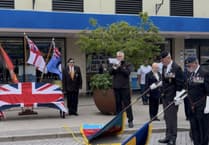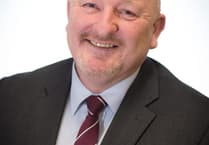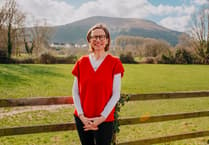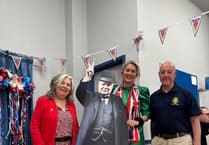Dozens of couples in Monmouthshire have entered opposite-sex civil partnerships since they first became eligible to do so, figures show.
A change in the law around civil partnerships saw them extended to opposite-sex couples from December 2019, and the first of these in England and Wales took place on December 31 that year.
Office for National Statistics figures show 11 opposite-sex couples in Monmouthshire formed civil partnerships in 2021, alongside 26 in 2020 and one on New Years' Eve 2019.
It means the 38 opposite-sex Monmouthshire couples who entered civil partnerships were among 13,400 to do so across England and Wales by the end of 2021.
Previously, only same-sex couples could enter into civil partnerships, but in June 2018, the Supreme Court ruled that this was incompatible with the European Convention on Human Rights.
Martin Loat, of the Equal Civil Partnerships campaign group, said: "Nearly 6,000 couples formed a mixed-sex civil partnership in 2021. That's a lot of people – and families – who are now in a secure relationship, legally and financially, who obviously wanted an alternative to marriage.
"The number is lower than in 2020, but we know that many many couples were waiting for the opportunity to have a civil partnership and preferred to remain unmarried otherwise. The pent up demand, despite Covid restrictions, natuarally boosted the number in its first year."
The popularity of same-sex civil partnerships across England and Wales has plummeted since the first legalised gay marriages took place in 2014.
In 2021, just 1,039 took place – down significantly from 14,900 in 2006, the first full year in which same-sex couples could form a civil partnership.
In Monmouthshire, one same-sex partnership was formed last year – down from 13 in 2008, when comparable local records first began.
Rich Pereira, deputy director of demography at the ONS, said: "In 2021, the majority of civil partnerships continued to be between opposite-sex couples, following their introduction in late 2019.
"Current data show the age distribution of people forming opposite-sex civil partnerships is older than those forming same-sex civil partnerships.
"Those forming opposite-sex civil partnerships are more likely to have been previously married or civil partnered than those forming same-sex civil partnerships."
He added that the difference may partly reflect opposite-sex couples in long-standing relationships preferring to legally register their union rather than get married.




